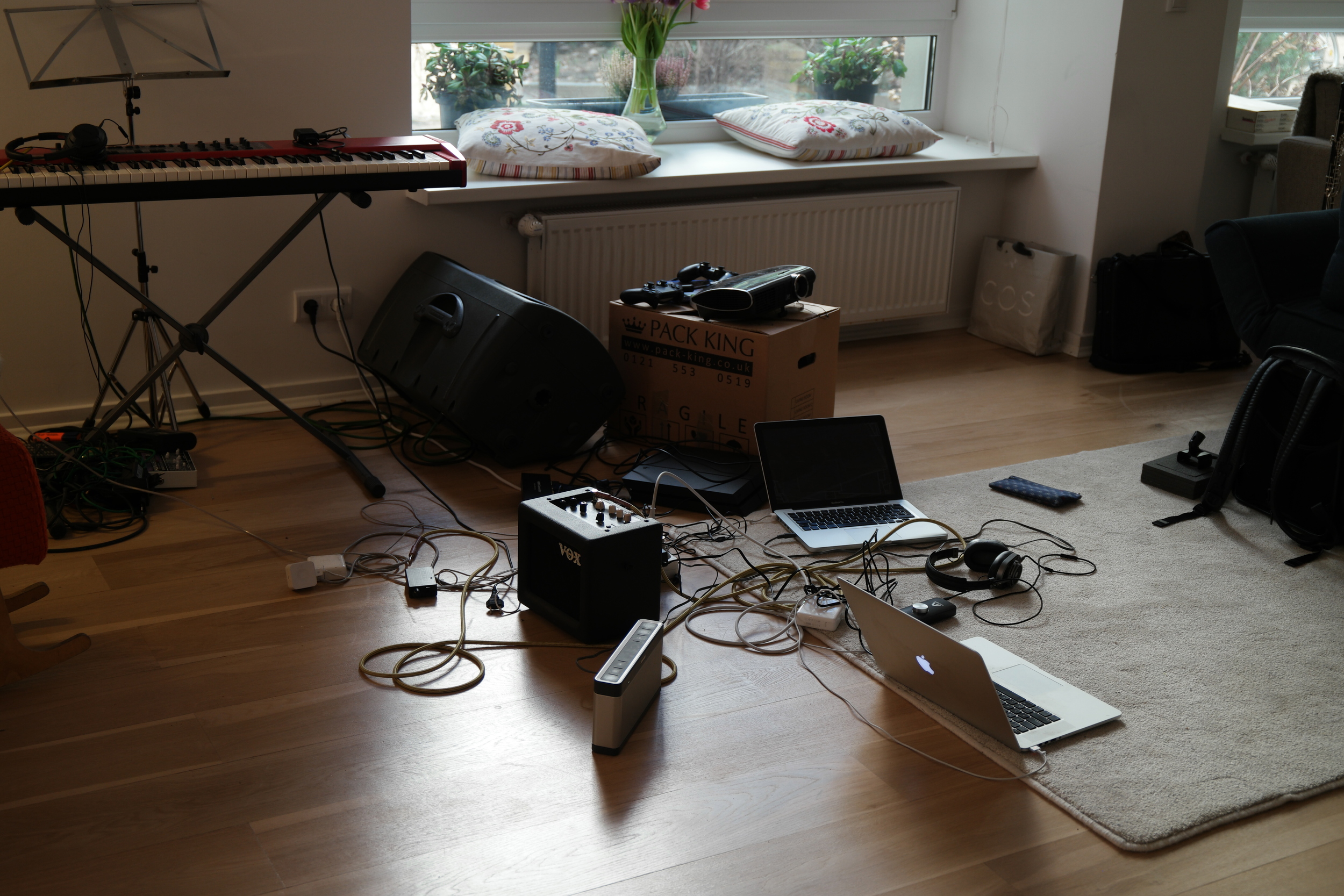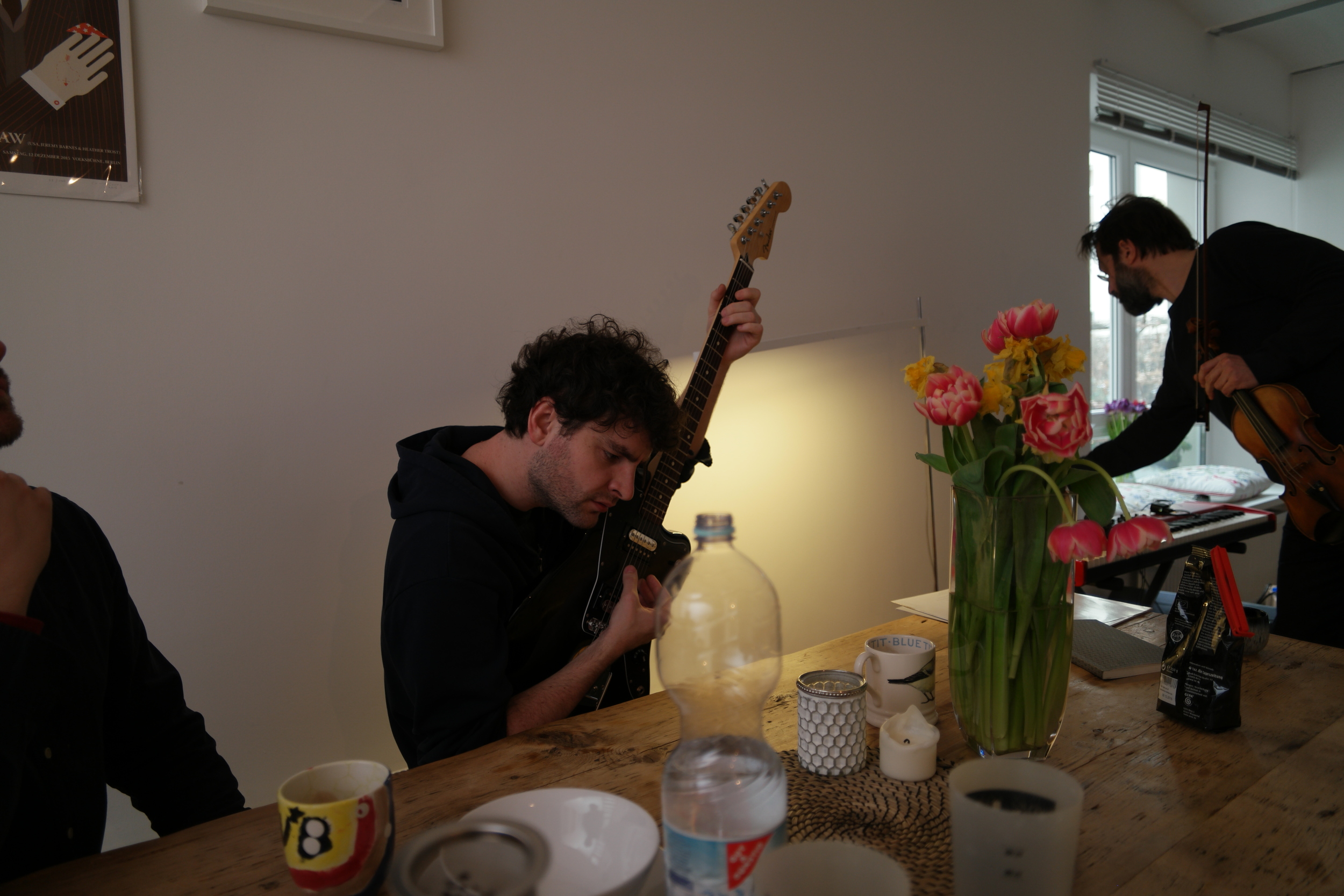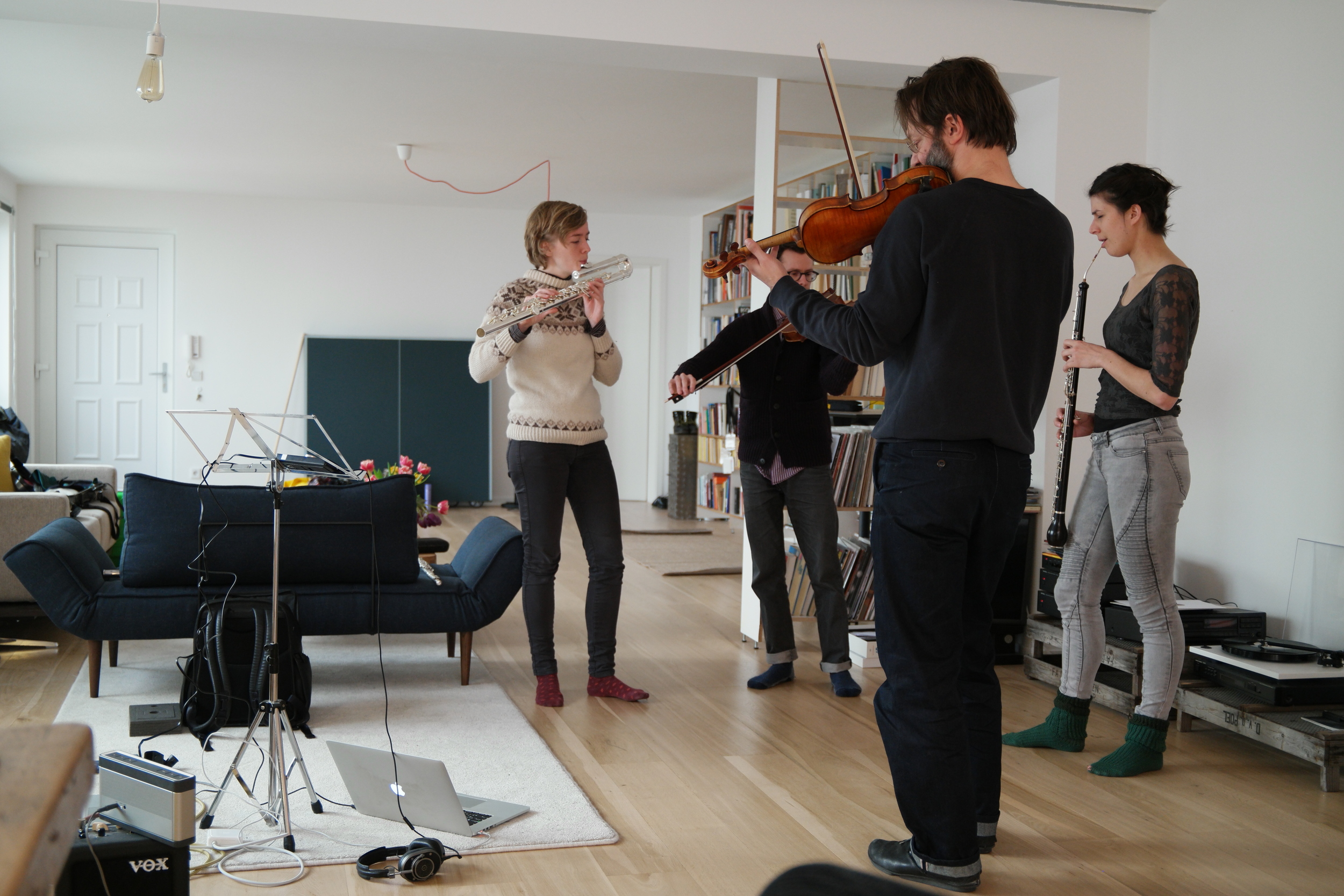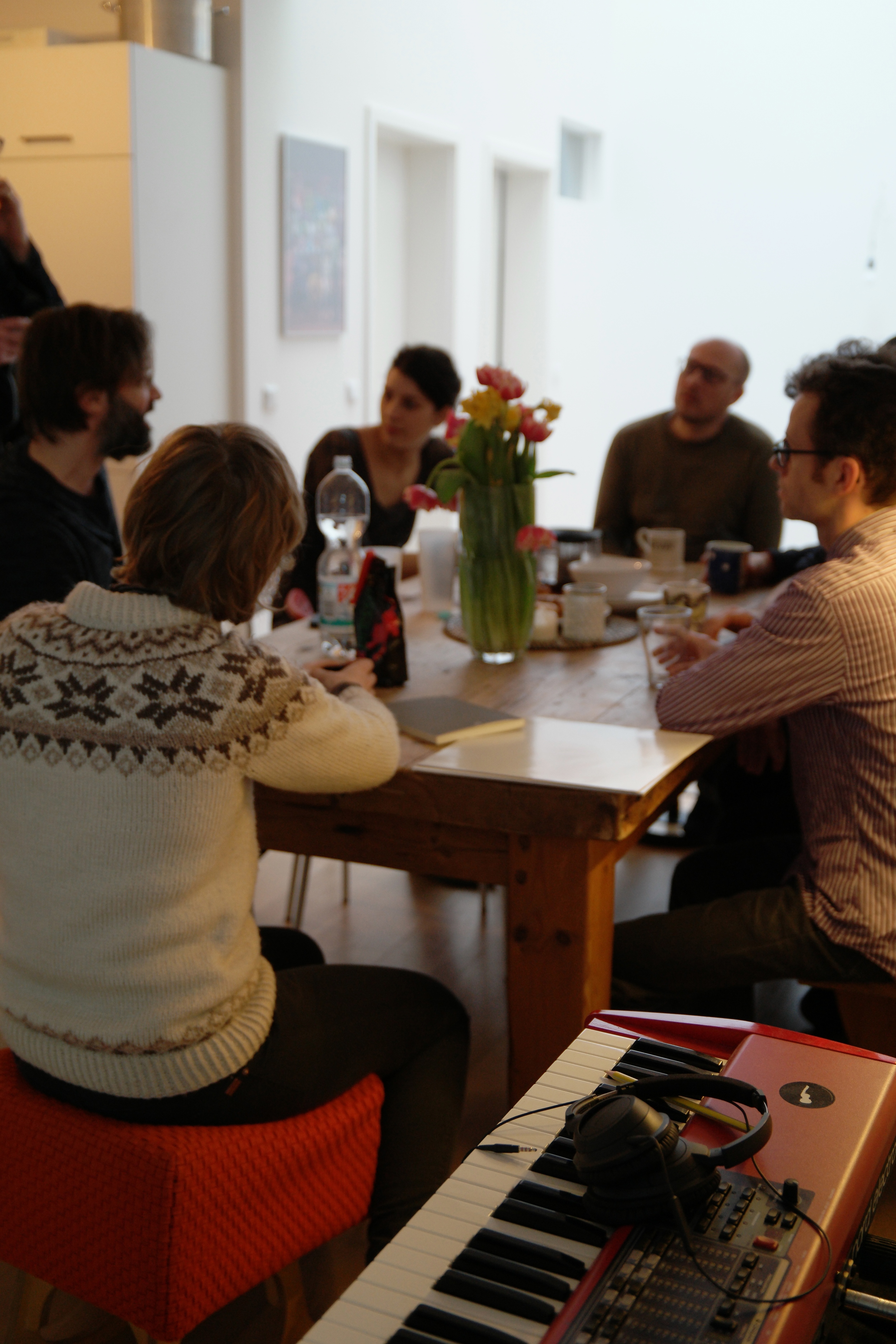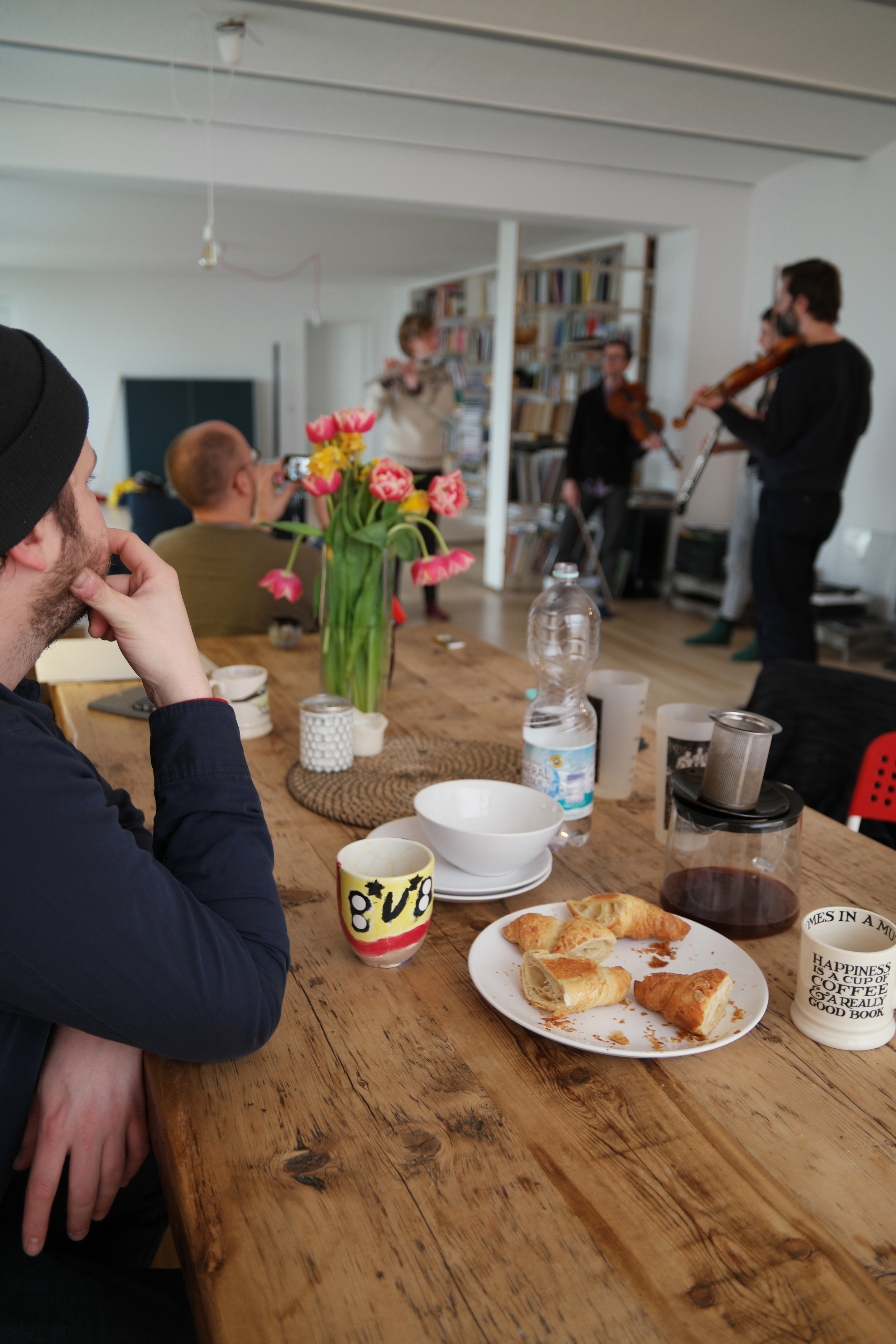Liquid Music is excited to introduce flutist and composer Nathalie Joachim (eighth blackbird, Flutronix) as virtual artist in residence for its 2016.17 season. Over the course of a year, the virtual residency will give audiences an inside look at the development of Joachim's newest and perhaps most personal project, Fanm d'Ayiti. To be premiered by Liquid Music in the 2017.18 season, Fanm d'Ayiti explores Haitian song and the cultural role of women's voices in Haitian music. Below, Joachim shares how her heritage and the strength of Haitian women inspired the creation of Fanm d'Ayiti. Check out her playlist at the bottom of the page for a taste of the musical styles that influenced the project.
Follow the Liquid Music blog for updates throughout the season, including sneak peak video and audio clips!
“Critics hail the Brooklyn born Haitian-American artist for creating a unique blend of classical music, hip-hop, electronic programming and soulful vocals reminiscent of neo-R&B stars like Erykah Badu.” – The Wall Street Journal on Nathalie Joachim
NJ: Today, as I begin this journey of exploration of my Haitian heritage and the women who have impacted the small Caribbean nation’s music culture, I cannot get the image of my grandmother out of my mind. It was a year ago almost to the day when she left this world for another, and I still feel her spirit around me, as warm and welcoming as only a grandmother’s hug can be. She had an infectious laugh, a calming presence, and a beautiful voice. And it is that voice that has led me to surround myself this season with the voices of the Fanm d’Ayiti (translation: Women of Haiti). It is my grandmother’s voice that has compelled me to seek out and understand all that is captured in the voices of Haitian women.
Haiti isn’t so different from many nations in its way of being male dominated, yet silently steered by women. There are many reasons why this is this case – politics, culture, tradition, opportunity, etc. – and yet, it was striking to me to discover so few Haitian women at the core of a very rich musical history. To me, Haiti has always been synonymous with the concept of matriarchy. My experience and internal sense of the nation goes hand in hand with the representation of strength through women, and of course attributes an essence of magic and fearlessness to them.
Together, through Fanm d’Ayiti, we will explore some of the most prominent female voices represented in Haitian music from the 1930s through present day. We will learn about the country’s musical influences from Africa, France, Cuba and even the United States. And we will learn the stories behind these roots – stories of political exile, cultural affirmation and independence. As connected as I am to my Haiti, I genuinely believe that this will be as much about discovery for me as it is about exposure for you, and everything about that excites me.
FANM D'AYITI PLAYLIST
Toto Bissainthe (1934-94)
Toto Bissainthe was a Haitian actress and singer known for her innovative blend of traditional voodoo and rural themes and music with contemporary lyricism and arrangements. Recognized as a champion of Haitian music abroad, Bissainthe was a founding member of the first African theater company in Paris. From the time she left home to pursue studies abroad in the early 1930s, Bissainthe was an artist in exile and was unable to return to Haiti until the departure of Jean-Claude Duvalier ("Baby Doc") in 1986. Bissainthe's music reached acclaim in the 1970s and she was celebrated for representing the black diaspora.
Lumane Casimir (1917-53)
Known as the "Emperatrice of Haitian Music", Lumane Casimir was one of the first singers to break through the Haitian music industry. Casimir began her career singing in the streets of Port-au-Prince and was soon singing with some of the most famous bands in the city. Casimir wrote most of her own songs, inspired by her love for Haiti. Her repertoire includes some of the most well-known patriotic and cultural songs of Haiti.
Carole Demesmin (1951-)
Carole Demesmin was one of the most popular solo artists in Haiti in the 1980s. Her songs celebrated Haitian culture and history in addition to ridings national consciousness about the value of Kreyol as a language. She lectures about Haitian culture around the world and is an advocate for the rights of Haitian artists through her organization United Haitian Artists.
Emeline Michel (1967-)
Referred to as the "Joni Mitchell of Haiti" Emeline Michel's songs merge native Haitian compas and rara music with jazz, pop, bossa nova and samba. She is an accomplished dancer in addition to her work as a vocalist, songwriter and producer. Michel runs her own production company, Production Coeval de Feu, in NYC. She is an advocate for social issues surrounding women and children worldwide.
Fedia LaGuerre (current artist)
Fedia LaGuerre is part of a generation of great female singers including Annette "So An" Auguste, Myriam Dorismé, Farah Juste, Toto Bissainthe, and Carol Demesmin. They all participated in the anti-Duvalierist struggle and viewed Martha Jean-Claude as a model and pioneer. LaGuerre's songs originally expressed concern for democracy and social and political changes. She now sings religious songs.
Martha Jean-Claude (1919-2001)
Martha Jean-Claude was known for creating original compositions that inspired Haitians struggling against dictatorship. She wrote a play, Avrinette (1952), which led to her imprisonment by Haitian President Paul Eugene Maggiore for "disrespecting" the government. Jean-Claude fled to Cuba, where she became a star on the stage, radio and television. She became known as the "daughter of two islands", a symbol of the fraternity between Haiti and Cuba. Jean-Claude was in exile for almost three decades and did not return until the fall of Baby Doc.
Farah Juste (current artist)
One of Haiti's premier singer/songwriters, Farah Juste writes provocative political songs championing the rights of Haitians. Popular in the 1960s, Juste was exiled for speaking out with politically charged songs against Papa Doc’s dictatorship and exposing his reign of terror. Now a resident of Miami, Juste was arrested in 2015 for protesting an election believed to be fraudulent.
Daniele Thermidor (current artist)
Daniele Thermidor is a celebrated voice in Caribbean and African communities with a voice that commands attention whenever she takes the stage. Thermidor left the music scene to study at Columbia University and raise her family. She returned to her vocal career with the release of her latest album, I'm Back Fanm Vanyan (2010).
Follow Nathalie Joachim:
Website: nathaliejoachim.com
Facebook: facebook.com/nathalie.joachim.39
Twitter: @flutronix (twitter.com/flutronix)
Instagram: @njoachim (instagram.com/njoachim)
Youtube: youtube.com/c/nathaliejoachim
FOLLOW LIQUID MUSIC FOR UPDATES AND ANNOUNCEMENTS
Twitter: @LiquidMusicSPCO (twitter.com/LiquidMusicSPCO)
Instagram: @LiquidMusicSeries (instagram.com/liquidmusicseries)
Facebook: facebook.com/SPCOLiquidMusic
Podcast: Liquid Music Playlist






































